Last Updated on October 18, 2023 by Pro Handyman Australia – Editorial Team
A cold cut saw, often considered among the different types of saws and the best circular saw options, is also known as a circular metal saw. It utilizes blades made from high-speed steel (HSS), carbide, or cermet to perform cutting operations. Its unique feature is the ability to cut materials at high rotational speeds without the need for a flood coolant, resulting in the blade and the material remaining cool during the process. Now, let’s delve into the nuances of understanding and using cold saws.
Understanding Cold Saws
Cold saws, commonly referred to as circular metal saws, employ high-speed steel (HSS), carbide, or cermet-tipped circular blades for their cutting operations. Blades with smaller diameters are usually disposed of once they’re blunt, while larger ones can be sharpened and reused.
A distinctive feature of cold saws is their ability to cut material at elevated rotational speeds, producing a substantial chip load for each tooth. Unlike other sawing mechanisms, cold saws don’t necessitate the use of a flood coolant. This is because the heat emanating from the cutting process is directed to the chips, which are then expelled due to the centrifugal forces from the spinning blade. This ensures that both the blade and material being cut remain relatively cool – hence the term “cold saw.” However, one should be cautious with these chips; their temperatures can vary based on the alloy, with some being scorching.
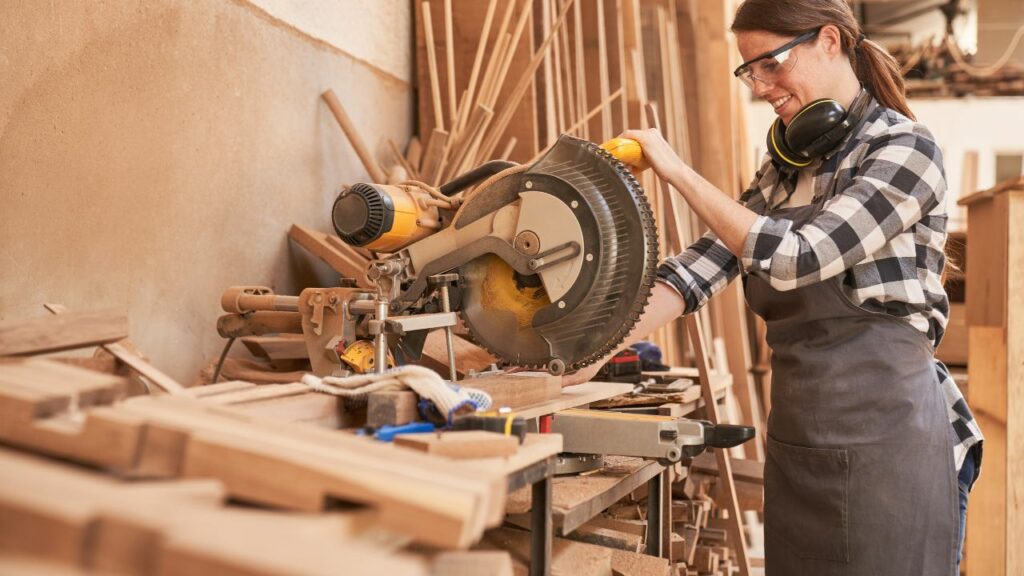
An anecdote from a past international machine tool exhibition can testify to this. During a test cutting, a scalding chip inadvertently landed on the tester’s head. While he didn’t initially sense the heat, the unmistakable smell of singed hair made its presence known. Before he realized, the chip had seared through his hair and marked his skin. Such incidents emphasize the importance of wearing protective headgear during testing phases.
To enhance their efficiency, cold saws often incorporate Minimum Quantity Lubrication (MQL). MQL plays a pivotal role in thwarting heat accumulation by decreasing friction. This not only ensures the tool stays cooler but also curtails tool wear and the expulsion of chips.
Benefits of Using a Cold Saw
Cold saws are preferred for their efficient cutting, thanks to features like Minimum Quantity Lubrication (MQL) which reduces friction and keeps the tool cool. Opting for a cold saw requires understanding its capabilities, and experts in the field can provide insights to ensure you choose the saw best suited for your needs.
Diverse Cutting Capabilities
Cold saws are versatile tools adept at cutting a wide variety of shapes, including rods, tubes, and extrusions. Especially when automated and enclosed, these saws are optimal for production runs and repetitive tasks where the finish and tolerance are paramount. A common question that arises if a circular saw blade can be sharpened. The answer is vital because these saws often have variable blade speeds and adjustable feed rates that facilitate high-speed production and deliver burr-free, precise cuts.
Moreover, when equipped with a sharp blade, a cold saw has the distinct advantage of almost completely eradicating burrs. It also refrains from producing sparks, discoloration, or dust, ensuring a pristine finish and accurate edges. For individuals learning how to cut straight with a circular saw, appreciating these nuances can make a significant difference in achieving the desired results.
High-Quality Results
The cold sawing technique boasts a remarkable throughput, especially for heftier metals. In certain situations, it can achieve an impressive precision of ±0.005” (0.127 mm) tolerance. This method can cater to both ferrous and non-ferrous metals, accommodating straight and angled cuts alike. Common steel grades, for instance, are particularly amenable to cold sawing, allowing for swift cutting with minimal heat and friction generation.
Cold Cut Saw User Experience: Tales from the Workshop
If you’ve ever wondered about the practical applications of a cold cut saw, you’re not alone. We delved into firsthand experiences of professionals who have worked with various models to bring you an authentic user perspective.
KANG Industrial CS-9 Metal Cutting Cold Saw
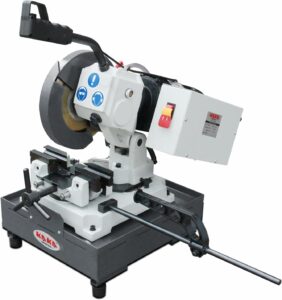
Sarah, a metalwork artist, recently tried out the KANG Industrial CS-9 Metal Cutting Cold Saw for her sculptures. She enthused, “I’ve worked with several saws over the years, but the KANG Industrial CS-9 Metal Cutting Cold Saw stands out. The cuts are clean, and the saw’s design minimizes metal wastage. It’s also surprisingly quiet.”
Bosch 305mm 12″ GCD 12 JL Cold Cut Drop Saw
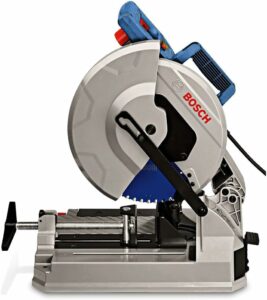
On the other hand, John, a carpenter with over 15 years under his belt, swears by the Bosch 305mm 12″ GCD 12 JL Cold Cut Drop Saw. “In my line of work, precision is crucial. The Bosch 305mm 12″ GCD 12 JL Cold Cut Drop Saw hasn’t let me down. Its adjustable blade speeds mean I can switch between different materials seamlessly. The last project I did, a custom-made grill, had perfect edges all thanks to this saw.”
Stories like these offer a peek into the real-world performance of these machines, helping potential buyers make informed decisions based on hands-on experiences.
Cold Cut Saw Comparisons: Pitting the Best Against the Best
For those of you keen on specifics, we’ve compiled a comparison between some top cold cut saw models currently making waves in the market.
| Model | Power | Longevity | Price |
|---|---|---|---|
| KANG Industrial CS-9 Metal Cutting Cold Saw | 1800 W | 7 years | $350 |
| Bosch 305mm 12″ GCD 12 JL Cold Cut Drop Saw | 2000 W | 6 years | $300 |
| YHUEGH 3900W Cold Cut Saw | 1700 W | 8 years | $320 |
While the KANG Industrial CS-9 Metal Cutting Cold Saw boasts superior power, the Bosch 305mm 12″ GCD 12 JL Cold Cut Drop Saw offers impressive longevity, making it a favorite for long-term investments. The YHUEGH 3900W Cold Cut Saw finds its niche with a balanced power-to-price ratio, catering to both hobbyists and professionals.
Comparing Cold Saws to Other Saws
Cold Saws vs. Hot Saws
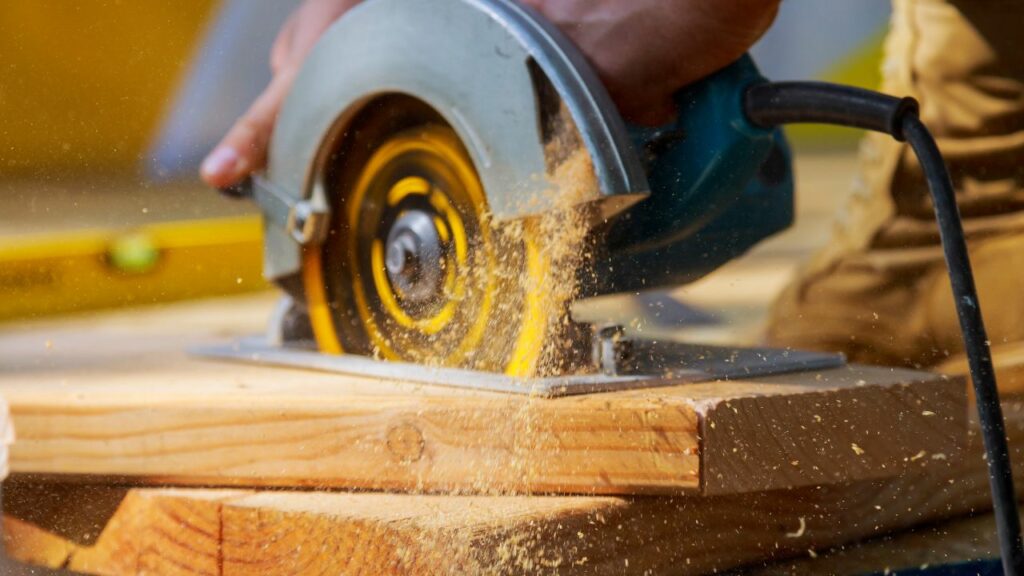
There are distinct alternatives to cold saws, predominantly hot saws like friction and abrasive saws.
Friction saws are characterized by their hardened, high-carbon circular blades equipped with an assortment of sharpened teeth. These teeth shear through materials by generating friction as the blade rotates, effectively melting the material while it undergoes oxidation and gets burned away.
Abrasive saws, bearing a resemblance to friction saws, operate by abrading the material into a form akin to grinding dust. The abrasive cutting action results in expansion of both the blade and the material, leading to elevated frictional heat, increased wear on the blade, and a higher energy consumption.
Cold Saws vs. Chop Saws

A common misconception is equating cold saws with chop saws, a comparison that’s quite cringe-worthy for professionals in the field. This confusion often overshadows the unique capabilities of other specialized tools, undermining the diverse range of scroll saw uses, which are integral to intricate woodworking and crafting projects.
The cold saw owes its name to its unique cutting mechanism. The cooling effect is a result of the coolant’s ability to redirect heat from the cut metal to the chips, ensuring the heat is efficiently dissipated.
In contrast, a chop saw operates by grinding down the metal, generating considerable heat in the process. This difference underscores the fact that while they might appear similar to the untrained eye, cold saws and chop saws are fundamentally distinct in their operation.
Understanding the RPM and Versatility of Cold Saws
Despite operating at a lower RPM range between 22 to 88 RPMS, cold saws tend to cut materials more swiftly than chop saws, which run at approximately 4000 RPMS. The versatility of cold saws is evident in the expansive range of RPMs and blade tooth options available, enabling it to cut through a majority of ferrous and non-ferrous materials. Such flexibility equips users with multiple capabilities using just a single saw.
Blade Features and Longevity
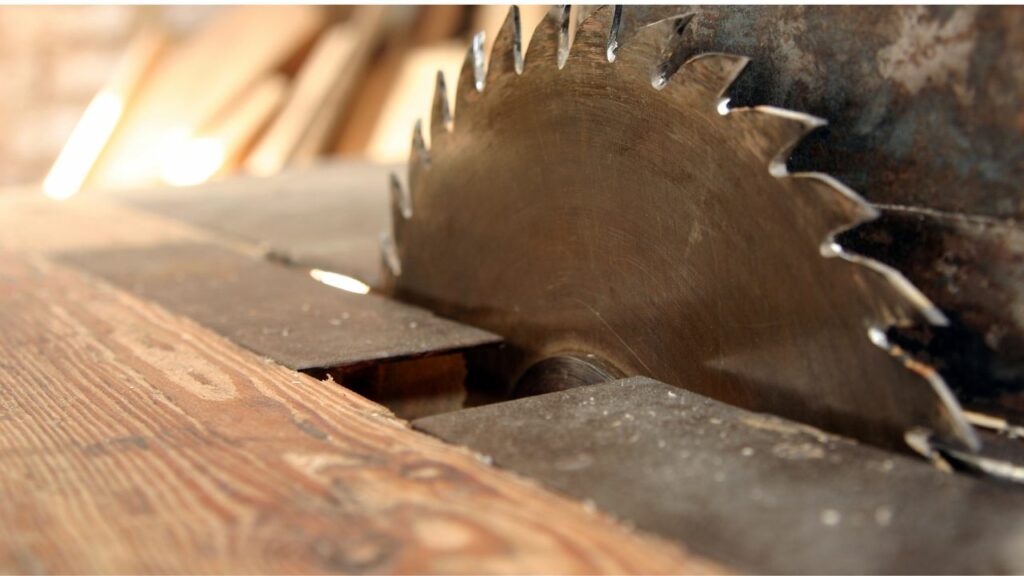
One of the distinguishing features of a cold saw is its toothed, high-speed steel (HSS) blade, in contrast to the abrasive wheel found in chop saws. One of the standout benefits of an HSS blade is its ability to be re-sharpened. Proper sharpening techniques can allow a blade to be reused up to 15 to 20 times before its diameter diminishes too much for compatibility with the machine. Conversely, once an abrasive blade wears out, it is typically discarded, which may be viewed as a wastage of resources.
Quality of Cuts and Efficiency
Cold saws deliver precise, clean, and milled finish cuts, rendering the deburring of materials post-cut redundant. On the other hand, chop saws might not always guarantee the same precision and could occasionally deviate, necessitating secondary operations to deburr and square up the material post-cutting. Even though operating a cold saw might lack the thrill of a chop saw, the impeccable smoothness of the cut ensures tasks are promptly finished without the need for cooling the material afterward.
Limitations of Cold Saws
Challenges with Shorter Lengths and Burrs
Despite their myriad advantages, cold saws have their limitations. They aren’t the ideal choice for lengths less than 0.125” (3.175 mm). Furthermore, contrary to their reputation for minimizing burrs, cold saws can, in certain circumstances, generate significant ones. This is particularly problematic for ODs less than 0.125” (3.175 mm) or very tiny IDs where a burr produced by the cold saw could obstruct the tube.
Vulnerability to Damage and Restrictions on Materials
While understanding the limitations inherent in cold saw blades, particularly their brittleness and susceptibility to shock, craftsmen often explore alternatives like band saws. Asking what is a band saw reveals it to be a tool that, unlike cold saws, offers enhanced flexibility and resilience against minor disturbances, like vibrations from inadequate clamping or an inappropriate feed rate, which might damage a cold saw’s brittle teeth. Moreover, while cold saws tend to result in notable kerf loss, leading to increased production costs, band saws can be more forgiving and economical in this regard, particularly in long-term operations.
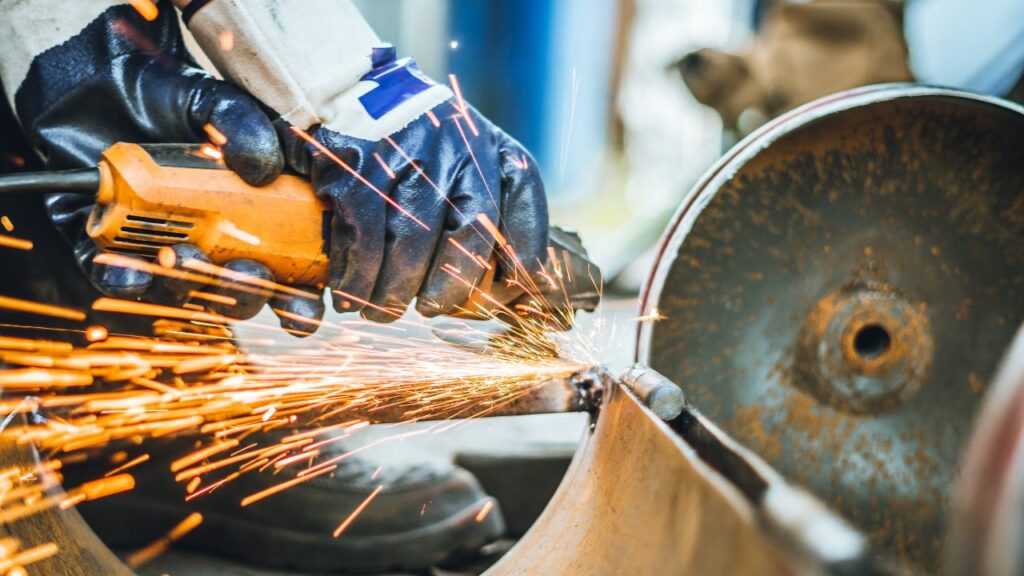
Another point to note is that while cold saws are versatile enough to cut a range of ferrous and non-ferrous alloys, they falter when dealing with metals that are exceedingly hard – those that surpass the hardness of the saw itself. Additionally, while these saws are equipped for bundled cutting, they are restricted to very small diameter parts, necessitating specialized fixtures.
Evaluating the Suitability of Cold Saws for Metal Cutoff Applications
When weighing the options of cold cut saw vs band saw for your 2-axis metal part cutoff, it’s imperative to be well-versed with both their merits and limitations. This knowledge equips you to assess whether cold sawing, or any other precision metal cutting technique, aligns with your specific needs and priorities.
Blade Performance and Speed
Cold sawing employs a circular blade to excise material, directing the heat generated towards the resultant chips. This equipment can harness either a solid high-speed steel (HSS) blade or a tungsten carbide-tipped (TCT) blade, both operating at low RPMs. Contrary to popular belief, HSS blades aren’t frequently utilized at top speeds. Their primary advantage lies in their hardness, rendering them resistant to heat and wear. Even though TCT blades come at a higher price, their extreme hardness permits them to work at temperatures surpassing those manageable by HSS. This quality enables TCT blades to outpace HSS blades, significantly abbreviating the cutting duration.
While many often wonder if you can put a cold cut blade on an abrasive saw, it’s essential to understand the unique advantages of cold sawing machines. With their ability to cut rapidly without producing undue heat and friction, the blades of cold sawing machines stave off early wear that might compromise the finish of cut parts. Furthermore, the potential to re-sharpen both blade varieties means they can serve multiple rounds before retirement. This durability positions cold sawing as an economical choice for swift cutting and pristine finishes.
Conclusion and Informed Decision-Making
Selecting the cold sawing approach entails a comprehensive understanding of the specifics of your project. This choice is optimized when one is well-acquainted with the diverse techniques employed in metal cutting, including familiarizing oneself with various types of power saws. Comparing cold sawing with other precision metal cutting techniques is essential to ensure you make the most informed choice.
In conclusion, while cold sawing presents numerous benefits like versatility, precision, and a high-quality finish, it also comes with its set of challenges. As with any tool or technique, it’s vital to weigh its strengths and limitations against the unique requirements of your project. For those in the Sydney area seeking professional guidance or assistance, Sydney Handyman Services can be an invaluable resource. A thorough evaluation ensures that you adopt the most efficient and cost-effective method for your metal cutting needs.
